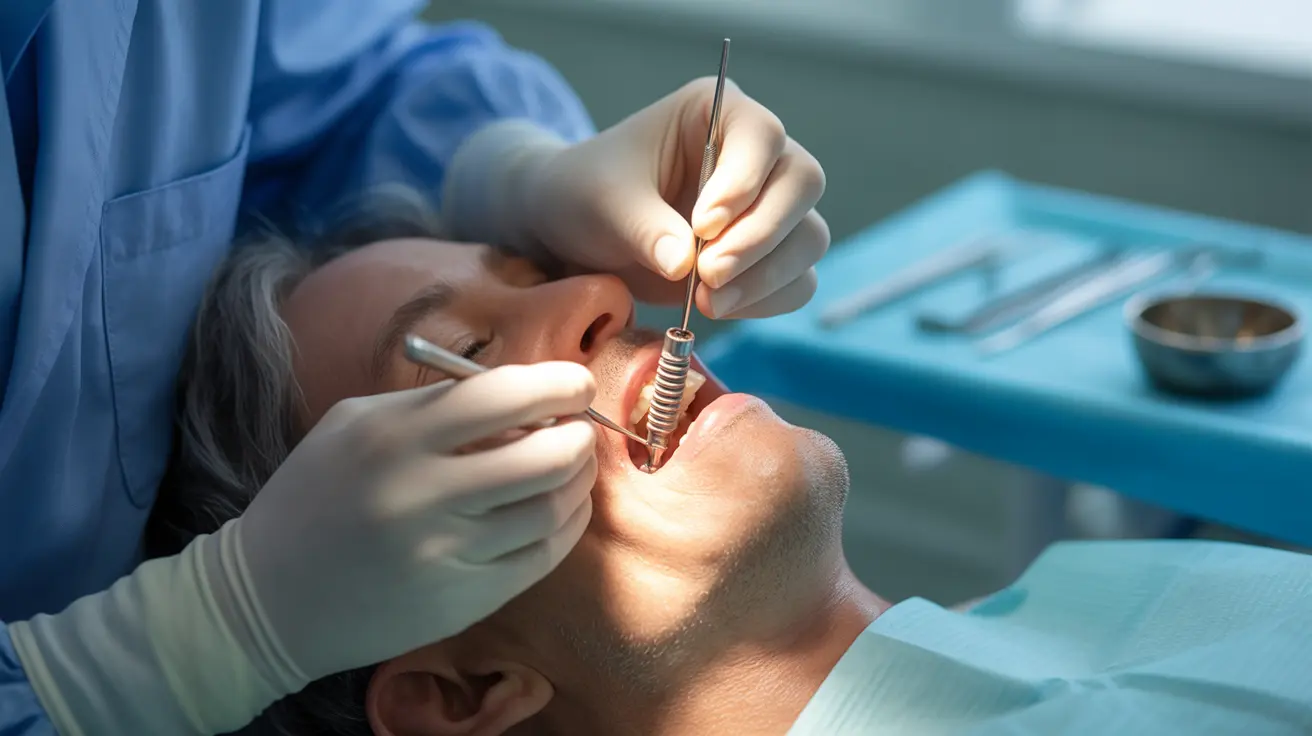Mini dental implants represent a revolutionary advancement in dental restoration technology, offering patients a less invasive alternative to traditional dental implants. These smaller-diameter implants have become increasingly popular for their versatility and ability to provide secure tooth replacement solutions with minimal recovery time.
In this comprehensive guide, we'll explore everything you need to know about mini dental implants, from their benefits and procedure details to costs and effectiveness for various dental conditions.
Understanding Mini Dental Implants
Mini dental implants (MDIs) are titanium screws that measure less than 3 millimeters in diameter, significantly smaller than traditional dental implants. Their innovative design allows them to be placed with less invasive techniques while providing stable support for dental prosthetics.
Key Features of Mini Dental Implants
These specialized implants offer several distinctive characteristics:
- Single-piece titanium construction
- Diameter ranging from 1.8 to 3 millimeters
- Self-tapping design for easier placement
- Biocompatible materials
- Minimal bone requirement for installation
The Mini Dental Implant Procedure
The procedure for placing mini dental implants is typically less complex than traditional implant surgery. Most patients can receive their implants in a single visit, often without the need for extensive bone grafting or flap surgery.
Steps in the Procedure
The mini dental implant process typically involves:
- Initial consultation and imaging
- Local anesthetic administration
- Precise implant placement
- Immediate attachment of temporary restoration
- Final prosthetic placement
Advantages and Applications
Mini dental implants serve multiple purposes in modern dentistry, offering solutions for various dental challenges:
- Denture stabilization
- Single tooth replacement
- Multiple tooth replacement
- Immediate loading capability
- Support for bridges and crowns
Ideal Candidates
The best candidates for mini dental implants typically include:
- Patients with insufficient bone density for traditional implants
- Those seeking a less invasive procedure
- Individuals wanting faster recovery times
- People looking for a more affordable implant option
- Patients with small teeth or narrow spaces
Recovery and Maintenance
Recovery from mini dental implant surgery is generally quick and straightforward. Most patients can return to normal activities within 24-48 hours, experiencing minimal discomfort that can be managed with over-the-counter pain medication.
Cost Considerations
Mini dental implants typically cost 30-50% less than traditional implants, making them an attractive option for many patients. The exact cost varies based on location, number of implants needed, and specific procedure requirements.
Frequently Asked Questions
What are the benefits and risks of using mini dental implants compared to traditional implants?
Benefits include lower cost, less invasive procedure, faster healing time, and no need for bone grafting in many cases. Risks include potential implant failure in high-force areas and limited applications for certain dental conditions.
How is the mini dental implant procedure performed, and what kind of recovery can I expect?
The procedure is typically completed in one visit using local anesthesia. A small pilot hole is created, and the implant is carefully threaded into place. Recovery is usually quick, with most patients returning to normal activities within 1-2 days.
Who is a good candidate for mini dental implants, and what conditions do they help with?
Good candidates include patients with good overall oral health but insufficient bone density for traditional implants. They're particularly effective for denture stabilization, single tooth replacement, and supporting bridges in narrow spaces.
What are the differences in cost between mini dental implants and traditional dental implants?
Mini dental implants typically cost 30-50% less than traditional implants. The reduced cost is due to less invasive procedures, fewer appointments, and no need for bone grafting in most cases.
Can mini dental implants be used for single tooth replacement, and how effective are they for this purpose?
Yes, mini dental implants can effectively replace single teeth, particularly in areas with limited space or where traditional implants wouldn't fit. They show good success rates for single tooth replacement, especially in non-load-bearing areas of the mouth.




